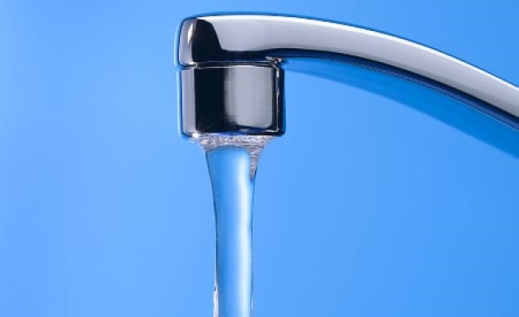USGS Studies Reveal Why Drinking Water Wells are Vulnerable to Contamination

All water wells are not created equal. And not all aquifers are the same.
The risk factor for contamination in water wells is quite variable, as a new USGS study reveals.
Water from nearly one in five public-supply wells in the United States might need to be treated or blended with more dilute water sources to decrease concentrations of drinking-water contaminants before delivery to the public.
Of particular concern is recent evidence that existing water-treatment systems do not effectively remove some contaminants now being found in groundwater. Even when effective water-treatment technologies exist, it is especially difficult for small system operators to implement such technologies because their small customer base might not be able to cover the costs.
The role that water resource development (drilling and pumping of new wells) and well operation play in public-supply-well water quality also has been unclear.
Study-team scientists found that to understand the quality of water pumped from individual public-supply wells one needs to understand the sources of recharge, the geochemical conditions and the groundwater-age mixture of different waters that blend (or mix) in a well.
For the full report, go to: http://pubs.usgs.gov/circ/1385/
